Headring Item Number: E169115-0 from the National Museum of Natural History
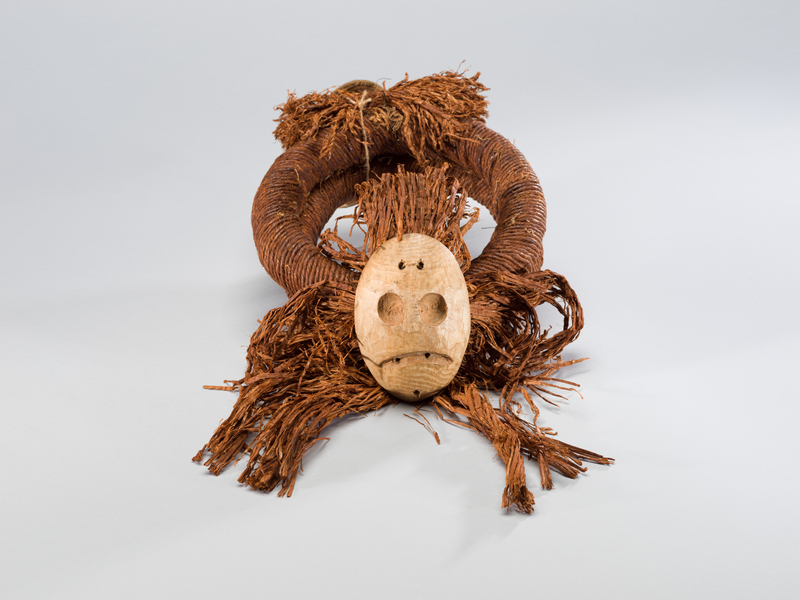
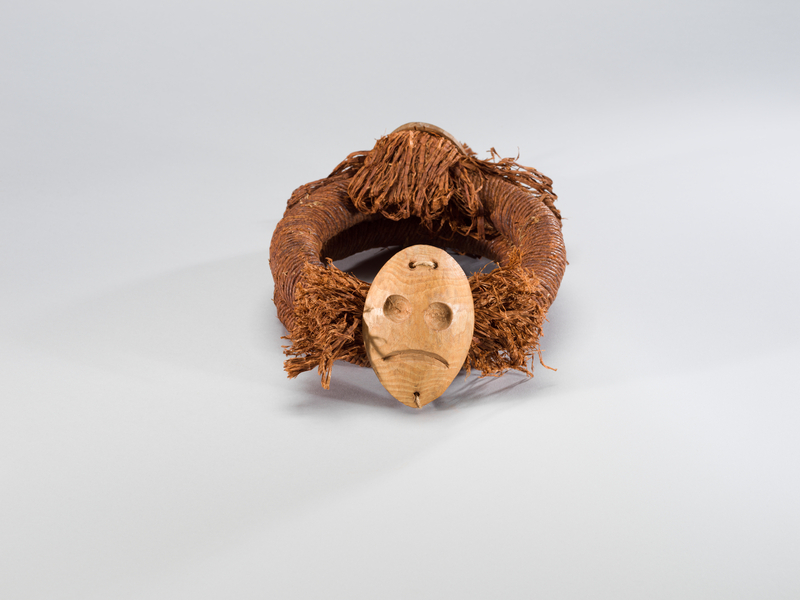
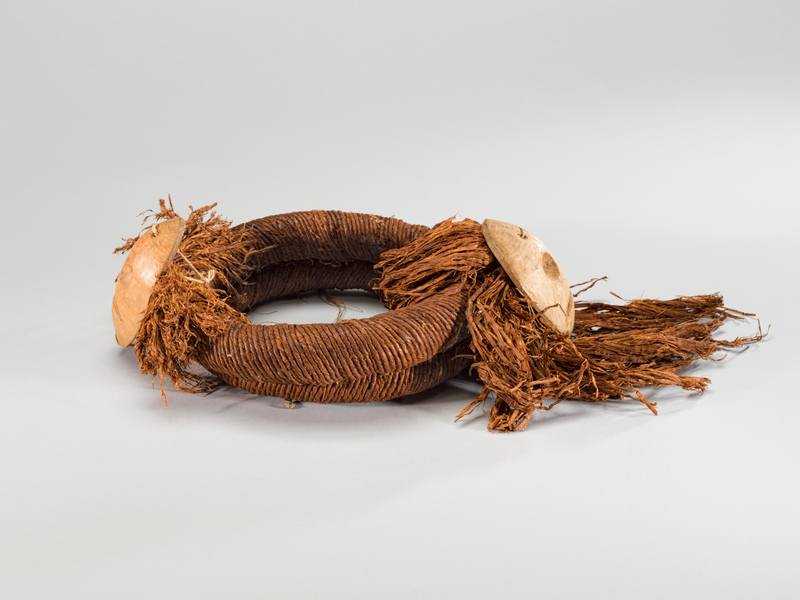
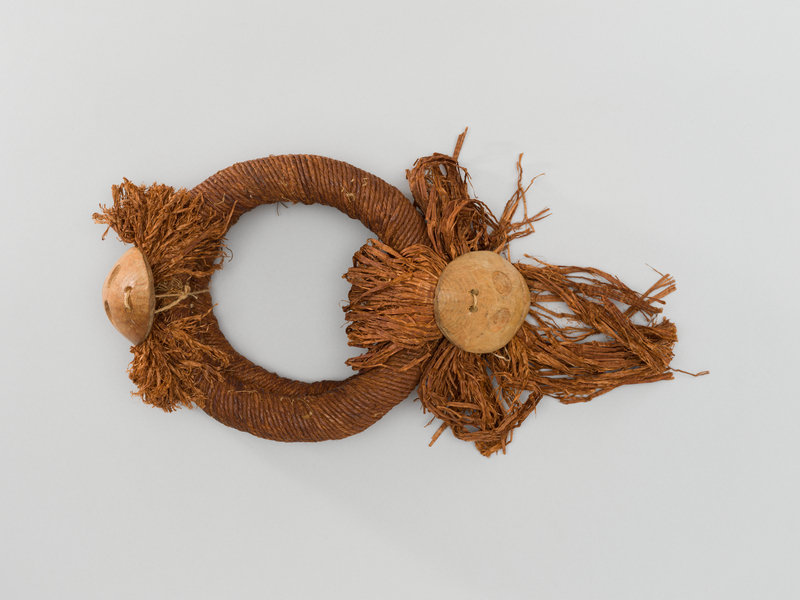
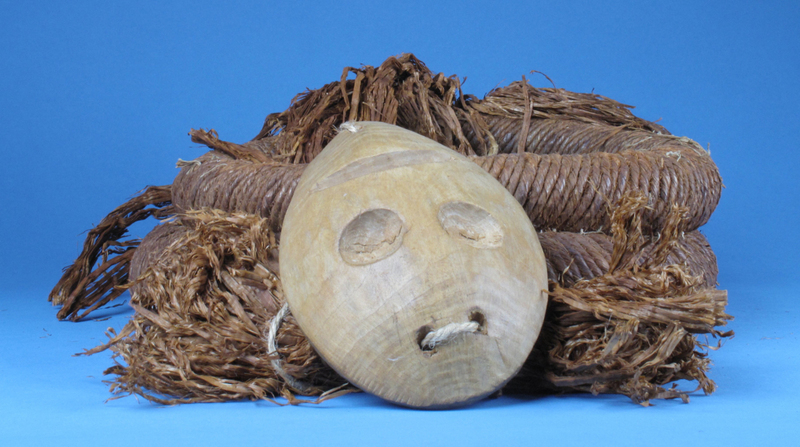
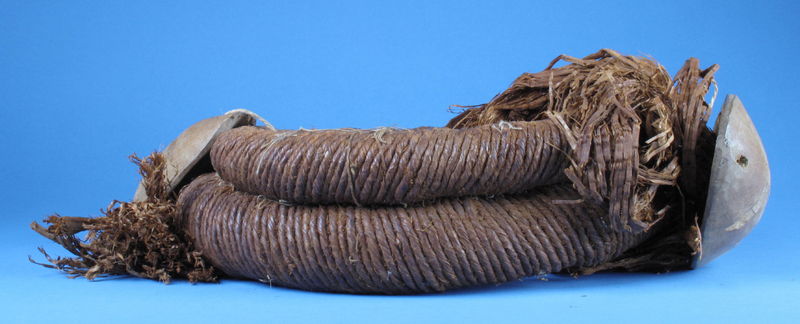

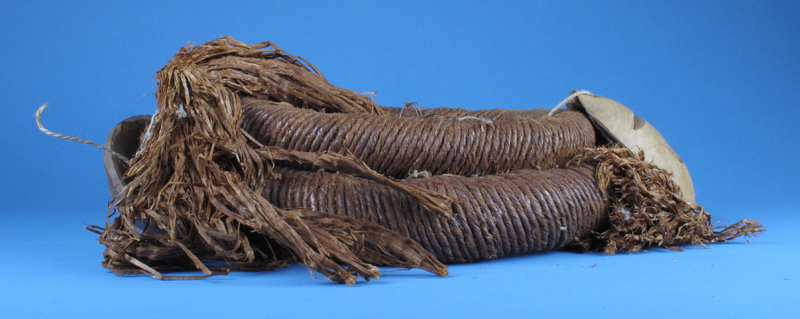
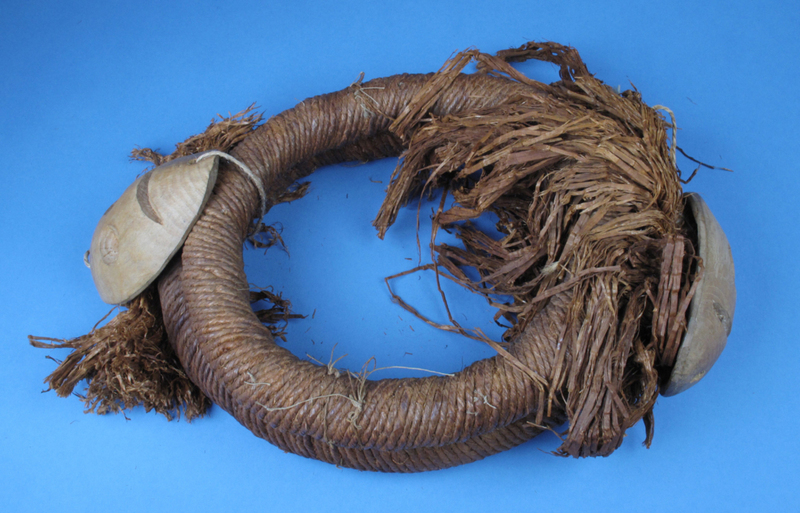
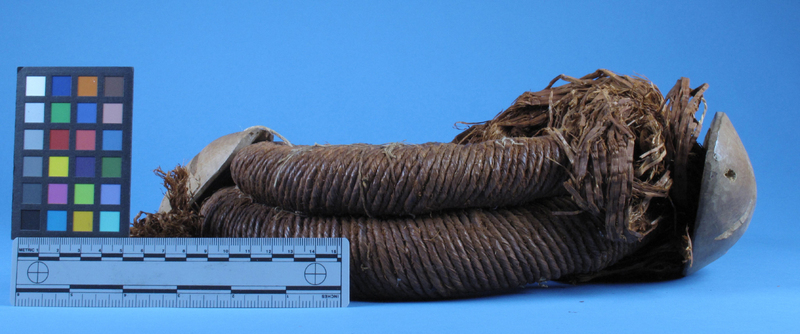
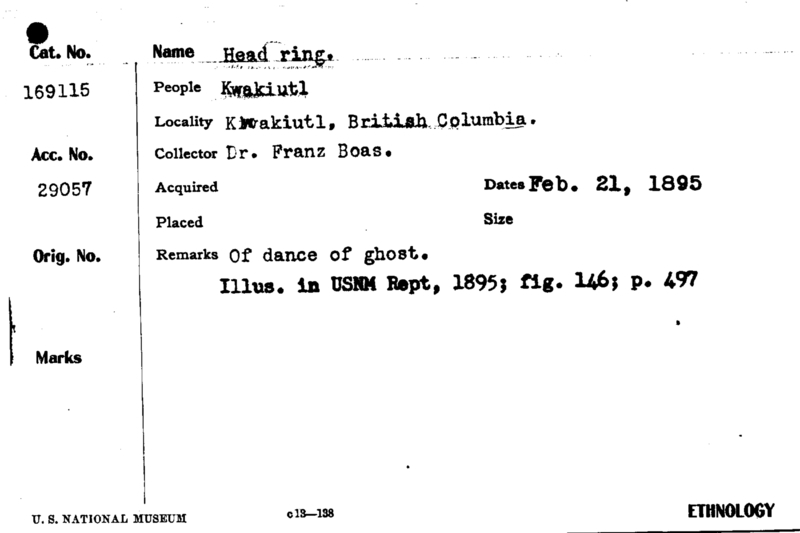
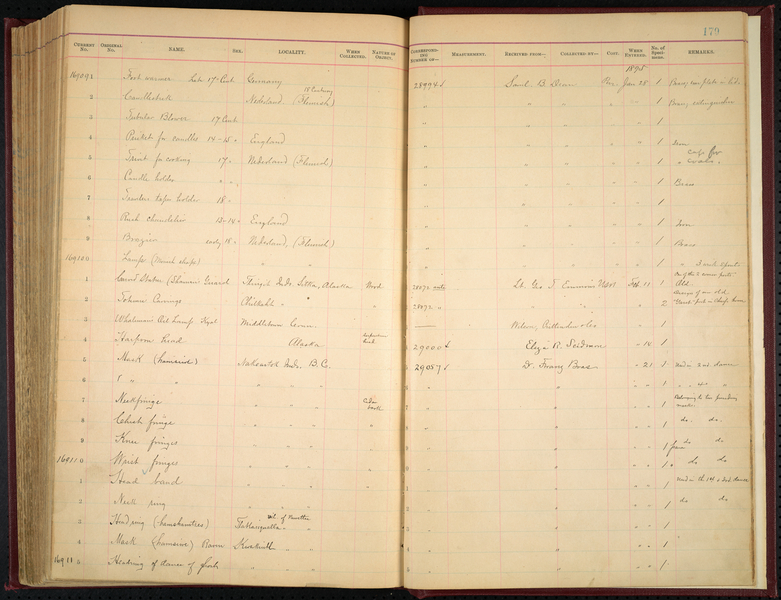
Notes
FROM CARD: "OF DANCE OF GHOST. ILLUS. IN USNM REPT, 1895; FIG. 146; P. 497."Listed on page 41 in "The Exhibits of the Smithsonian Institution at the Panama-Pacific International Exposition, San Francisco, California, 1915", in section "Arts of the Northwest Coast Tribes".Per Dr. Aaron Glass, 2020: The ghosts were/are one of the spirit beings that initiate Kwakwaka'wakw T'seka (Winter Ceremonial or Red Cedar Bark Ceremonies) dancers. The Ghost Dance is not so much a dance enacting ghosts, but by people enacting ancestral encounters with ghosts that bestowed hereditary rights to the dances/songs. Some Ghost Dance rings have carved skulls, indicating the encounter with ghosts (dead humans), and in this sense can be hard to distinguish from Hamat'sa (Cannibal Dance) regalia that also sometimes feature carved skulls. Ghost dancers often cover their faces with shrouds of some kind (the Berlin head ring has a curtain of shredded cedar bark that covers the face), and they also cover their face with their hands as the characteristic choreographic gesture. Though the dancers wear rings and not masks, I have seen contemporary Ghost Dance masks that appear like skulls and have hair covering the faces. The dance is still passed down to some families, though it is not terribly common. Some information on the Ghost Dance can be found in Boas's 1897 "Social Organization and Secret Societies" book (pg. 408: an origin story; pg. 482: description of the dance itself and its regalia and song; pg. 497: figures of the 2 rings in question; pg. 499 has a list of Ft. Rupert dances in ranking order, and it is #44 of 53). There is no specific cultural sensitivity around the dance or regalia due to the association with ghosts, at least that I have ever heard of.
Item History
- Made in British Columbia, Canada
- Collected by Dr. Franz Boas in British Columbia, Canada
- Received from Columbia University on February 23, 1895
What
- Name
- Headring
- Identification Number
- E169115-0
- Type of Item
- head ring
Who
- Culture
- Kwakiutl (Kwakwaka'wakw)
- Field Collector
- Dr. Franz Boas
- Received from
- Columbia University
Where
- Holding Institution
- National Museum of Natural History
- Made in
- British Columbia, Canada
- Collected in
- British Columbia, Canada
When
- Acquisition Date
- on February 23, 1895
Other
- Accession Number
- 029057